Force
Force is a push or pull upon an object resulting from the object's interaction with another object. It can cause an object to accelerate, decelerate, stop, or change direction. Force is a vector quantity, meaning it has both magnitude and direction.
Types of Forces
- Gravity: the force that attracts two objects toward each other. On Earth, it is what gives weight to physical objects.
- Friction: the force that opposes the motion of one object moving past another.
- Normal force: the support force exerted upon an object that is in contact with another stable object.
- Tension: the force in a rope, string, or similar object when it is pulled tight by forces acting from opposite ends.
- Applied force: a force that is applied to an object by a person or another object.
Measuring Force
Force is measured in newtons (N). One newton is the force required to accelerate a one kilogram mass by one meter per second squared. This is represented by the equation F = ma, where F is force, m is mass, and a is acceleration.
Newton's Laws of Motion
- Newton's First Law: An object at rest stays at rest and an object in motion stays in motion with the same speed and in the same direction unless acted upon by an unbalanced force.
- Newton's Second Law: The acceleration of an object is directly proportional to the net force acting on it and inversely proportional to its mass. This is represented by the equation F = ma.
- Newton's Third Law: For every action, there is an equal and opposite reaction. When one object exerts a force on a second object, the second object exerts an equal force in the opposite direction on the first object.
Study Guide Questions
- What is force and how is it described?
- Describe the types of forces and provide examples of each.
- How is force measured and what is the unit of measurement?
- Explain Newton's First Law of Motion.
- State Newton's Second Law of Motion and provide the equation associated with it.
- What is Newton's Third Law of Motion?
Use this study guide to review the concept of force and prepare for any upcoming assessments or exams. If you have any further questions, feel free to ask!
[Force] Related Worksheets and Study Guides:
.◂Science Worksheets and Study Guides Eighth Grade. Plate tectonics
Study Guide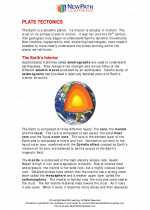 Plate tectonics
Plate tectonics  Activity Lesson
Activity Lesson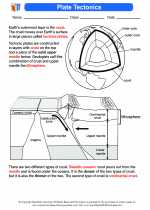 Plate Tectonics
Plate Tectonics  Worksheet/Answer key
Worksheet/Answer key Plate tectonics
Plate tectonics  Worksheet/Answer key
Worksheet/Answer key Plate tectonics
Plate tectonics  Worksheet/Answer key
Worksheet/Answer key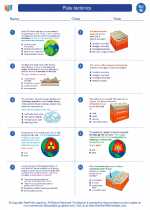 Plate tectonics
Plate tectonics  Worksheet/Answer key
Worksheet/Answer key Plate tectonics
Plate tectonics  Vocabulary/Answer key
Vocabulary/Answer key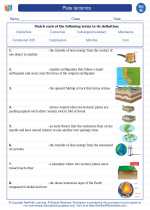 Plate tectonics
Plate tectonics  Vocabulary/Answer key
Vocabulary/Answer key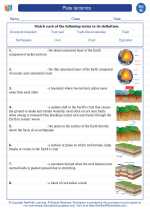 Plate tectonics
Plate tectonics  Vocabulary/Answer key
Vocabulary/Answer key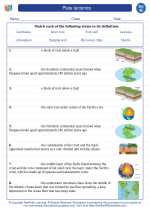 Plate tectonics
Plate tectonics  Vocabulary/Answer key
Vocabulary/Answer key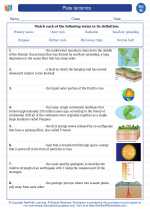 Plate tectonics
Plate tectonics  Vocabulary/Answer key
Vocabulary/Answer key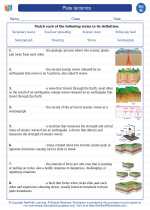 Plate tectonics
Plate tectonics  Vocabulary/Answer key
Vocabulary/Answer key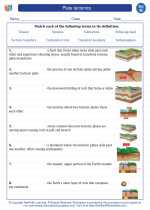 Plate tectonics
Plate tectonics  Vocabulary/Answer key
Vocabulary/Answer key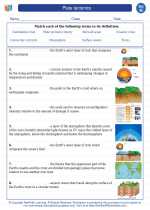 Plate tectonics
Plate tectonics 

 Activity Lesson
Activity Lesson
 Worksheet/Answer key
Worksheet/Answer key
 Worksheet/Answer key
Worksheet/Answer key
 Worksheet/Answer key
Worksheet/Answer key
 Worksheet/Answer key
Worksheet/Answer key
 Vocabulary/Answer key
Vocabulary/Answer key
 Vocabulary/Answer key
Vocabulary/Answer key
 Vocabulary/Answer key
Vocabulary/Answer key
 Vocabulary/Answer key
Vocabulary/Answer key
 Vocabulary/Answer key
Vocabulary/Answer key
 Vocabulary/Answer key
Vocabulary/Answer key
 Vocabulary/Answer key
Vocabulary/Answer key
